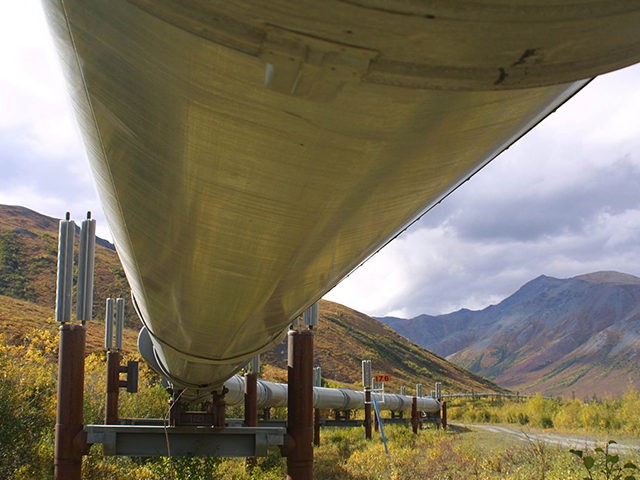The controversy over the Dakota Access Pipeline (DAPL) has brought the safety of transporting oil and natural gas to the forefront of the national debate over energy policy, a debate that was recently amplified when 176,000 gallons of crude oil spilled near Belfield, North Dakota. Pipeline opponents say the spill is proof pipelines cannot be operated safely, but the truth is pipelines are much safer than many other human activities, including “safe sex.”
Whenever tens of thousands of gallons of oil are spilled, it sounds to most people like a disaster of epic proportions, but numbers don’t mean anything unless they are put in their proper context.
News outlets and environmental groups often talk about oil spills in terms of gallons spilled because it sounds far scarier than other units of measurement, but oil, for all intents and purposes, is measured in barrels. There are 42 gallons in each barrel of oil, which means approximately 4,200 barrels of oil were spilled. More than 4,000 barrels of oil is a significant amount quantity; you wouldn’t want someone to dump this oil on your front lawn. But acting as if this spill proves DAPL cannot operate safely is nonsense, especially when placed in the context of how much oil is moved by pipelines every single day.
Americans consume approximately 19.4 million barrels of oil daily—or, if we want to be dramatic, 814 million gallons. Data provided by the Association of Oil Pipelines (AOP) estimates 9.3 billion barrels of crude oil were transported by pipelines in the United States in 2014, amounting to nearly 25 million barrels per day. (The difference between the number of barrels of oil consumed by Americans and the number transported by pipelines is likely the result of AOP’s figures including both imported and exported oil transported via a pipeline.)
According to data from the Pipelines and Hazardous Materials Safety Administration (PHMSA), since 2010 there have been 1,300 pipeline spills, leaking a total of approximately 212,000 barrels of oil. This amounts to an annual average of 216 total spills leaking approximately 35,317 barrels of oil per year. This means more than 99.9 percent of all the crude transported via pipeline in 2015 is estimated to have safely reached its destination.
Furthermore, when spills did occur, the vast majority of the oil spilled was successfully recovered during cleanup. PHMSA reported 150,000 barrels, over 70 percent of the 212,000 barrels spilled, have been recovered since 2010 (not including the most recent spills). This brings the average amount spilled to approximately 10,333 barrels per year.
If oil is not shipped via pipeline, it will be shipped by rail, which has its own potential for spills. In 2013, more than 1.15 million gallons of crude oil were spilled while being transported by railcars, which is about 39-railcar’s worth of crude. Despite the uptick in railcar accidents in 2013, 99.99 percent of shipments of oil made by rail arrived without incident.
Whether transported by pipeline or by rail, a barrel of crude oil or petroleum products reaches its destination safely over 99.999 percent of the time. By contrast, the effectiveness of condoms is 98 percent, meaning transporting oil through pipelines is safer than having safe sex.
Pipeline opponents like to pretend that if they protest pipelines and fight efforts to ship crude by rail, Americans will somehow, perhaps magically, no longer rely on oil as their primary source of energy. This sort of “No Drill, No Spill” attitude exemplified by the so-called “Keep It in the Ground” movement is equivalent to an abstinence-only energy policy, and it is utterly unrealistic.
When 9.3 billion gallons of oil are transported via pipeline every year, the unfortunate fact of the matter is there will be spills. The key is not to ban pipelines, but to constantly work to improve pipeline technology, to reduce the number of spills and the amount spilled, and to immediately work to clean up spills when they happen, to minimize their impact on the environment.
President Barack Obama made an irresponsible, politically motivated decision when he instructed the Army Corps of Engineers to deny a crucial easement needed to complete the construction of the 1,172-mile pipeline. Hopefully, President-elect Donald Trump will act responsibly by righting this wrong.
Isaac Orr (IOrr@heartland.org) is a research fellow specializing in hydraulic fracturing at The Heartland Institute. Follow him on Twitter @thefrackingguy.

COMMENTS
Please let us know if you're having issues with commenting.